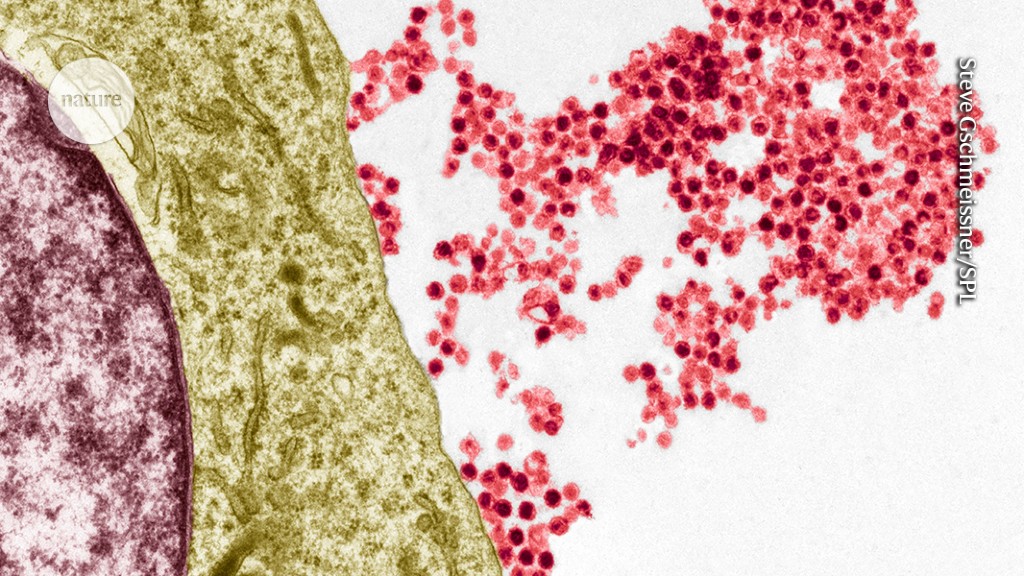Keskeiset käsitteet
The author highlights the significant milestone of the 60th anniversary of discovering the Epstein–Barr virus, emphasizing its role as the first virus proven to cause cancer in humans.
Tiivistelmä
This month commemorates the 60th anniversary of the discovery of the Epstein–Barr virus (EBV), a groundbreaking finding that established it as the first virus known to induce cancer in humans. In March 1964, Anthony Epstein, Yvonne Barr, and Bert Achong published their seminal work in The Lancet, unveiling the presence of EBV particles within cancer cells derived from lymphoma cases in children residing in central Africa. This pivotal discovery revolutionized our understanding of viral oncogenesis and paved the way for further research into viral-induced cancers.
Mukauta tiivistelmää
Kirjoita tekoälyn avulla
Luo viitteet
Käännä lähde
toiselle kielelle
Luo miellekartta
lähdeaineistosta
Siirry lähteeseen
www.nature.com
Epstein–Barr virus at 60
Tilastot
March 1964: Discovery of EBV by Anthony Epstein, Yvonne Barr, and Bert Achong.
EBV identified in cancer cells grown in vitro from lymphoma cases in children living in central Africa.
Lainaukset
Tärkeimmät oivallukset
by Lawrence S. ... klo www.nature.com 03-13-2024
https://www.nature.com/articles/d41586-024-00653-0
Syvällisempiä Kysymyksiä
How has the discovery of EBV influenced cancer research over the past six decades?
The discovery of Epstein–Barr virus (EBV) has had a significant impact on cancer research over the past sixty years. It was the first virus identified to cause cancer in humans, leading to groundbreaking insights into viral oncogenesis. Researchers have since delved deep into understanding how EBV contributes to various cancers, particularly lymphomas and nasopharyngeal carcinomas. This discovery paved the way for studying other viruses' roles in cancer development, highlighting the intricate relationship between viral infections and oncogenesis.
What challenges have researchers faced in developing treatments targeting EBV-related cancers?
Despite advancements in understanding EBV-related cancers, researchers face several challenges in developing effective treatments. One major hurdle is the ability of EBV to evade immune detection through latency mechanisms, making it challenging for traditional therapies like chemotherapy or immunotherapy to target infected cells effectively. Additionally, due to its role in multiple malignancies and diverse manifestations within tumors, designing targeted therapies that address all aspects of EBV-associated cancers remains complex. Moreover, issues related to drug resistance and potential side effects further complicate treatment development efforts.
How can historical milestones like this impact current perspectives on infectious diseases and public health?
Historical milestones such as the discovery of Epstein–Barr virus serve as crucial reminders of how infectious agents can contribute significantly to disease burden and public health outcomes. Understanding past discoveries helps shape current perspectives on infectious diseases by highlighting the importance of early detection, prevention strategies, and continuous research efforts towards combating emerging pathogens. By reflecting on these milestones, policymakers can prioritize investments in healthcare infrastructure, surveillance systems for infectious diseases, and global collaboration initiatives aimed at preventing future pandemics or outbreaks effectively.
0
